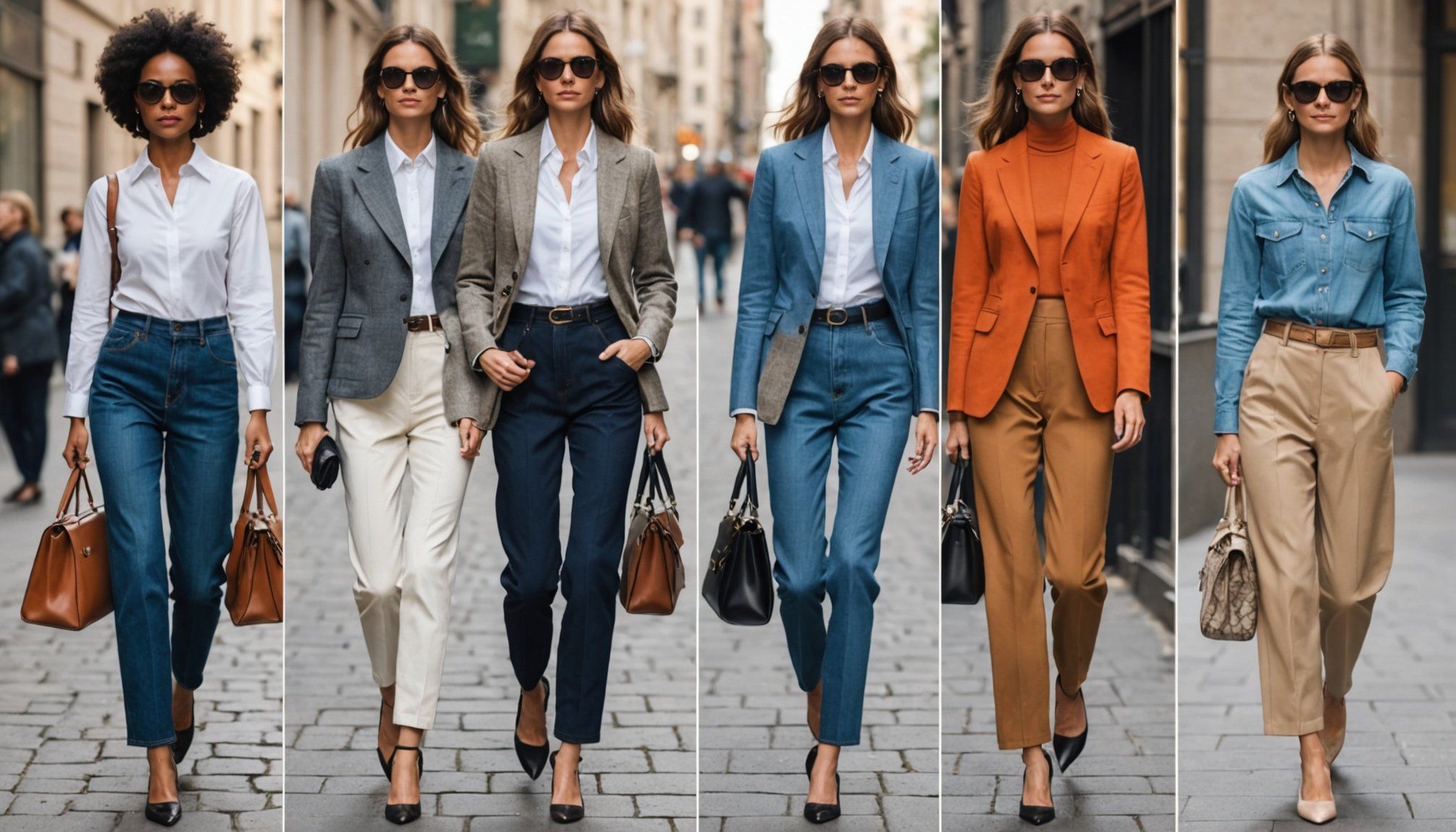When it comes to fashion and design, the fabric you choose can dramatically influence the look and feel of your outfit. Fabrics are more than just materials; they play a pivotal role in how clothing drapes on your body, how it feels against your skin, and even how it holds up over time. With various options like cotton, wool, silk, and synthetic mixtures such as polyester, understanding the characteristics of different fabrics can help you make informed decisions when dressing for any occasion. In this article, we will explore how the type of fabric you select can impact the overall aesthetic and comfort of your garment, ensuring you stand out while feeling your best.
The Importance of Fabric Selection in Fashion
Choosing the right fabric is essential in fashion design. Each type of fabric possesses unique qualities that can change the essence of any clothing item. For instance, natural fabrics like cotton and wool are known for their breathability and comfort, making them perfect for casual wear. On the other hand, synthetic fabrics like polyester provide durability and stretch, which can enhance the fit of a more tailored look.
Also to see : Top Affordable Eco-Friendly Makeup Brands You Can Find in the UK
When you think about texture, consider how it contributes to the overall vibe of your outfit. A soft silk blouse will give a more elegant and sophisticated look compared to a crisp, structured cotton shirt. This subtle difference can affect how others perceive you and how you feel in your attire.
Moreover, the drape of a fabric can transform the way a garment moves with you. Lighter fabrics tend to flow with your movements, while heavier fabrics may provide a more structured silhouette. Understanding these nuances allows you to select fabrics that not only look great but also feel great against your skin.
This might interest you : How can you style a plain t-shirt to create multiple fashionable looks?
In addition, the maintenance and care of fabrics should be a consideration in your decision-making process. Some fabrics, like silk, require more delicate care, which can be a dealbreaker for busy lifestyles. In contrast, synthetic options like polyester are often easy to wash and care for, making them practical choices for everyday wear. Thus, knowing how different fabrics interact with your lifestyle will assist you in curating a wardrobe that meets your needs.
Natural Fabrics: The Classic Choices
Natural fabrics like cotton, wool, and silk have been staples in fashion for centuries. Each of these fabrics offers distinct characteristics that enhance your garment’s appearance and comfort.
Cotton is loved for its breathability and softness. It’s hypoallergenic, making it a great choice for people with sensitive skin. This fabric is versatile and can be woven in many ways, from lightweight muslin to heavier denim, allowing for various designs, from casual shirts to structured dresses. When you wear cotton, you’ll often experience a relaxed fit, perfect for summer outfits or loungewear.
Wool, on the other hand, provides warmth and insulation, making it ideal for colder months. Wool fabrics can be finely spun for a lightweight feel or thicker for a more substantial look. The natural elasticity of wool helps clothes maintain their shape, which is particularly beneficial for tailored jackets and suits. Plus, the inherent moisture-wicking properties of wool keep you dry, allowing for comfort throughout the day.
Then we have silk, a luxurious fabric that exudes elegance. It’s known for its smooth texture and beautiful drape, making it a preferred choice for evening wear or formal occasions. Silk garments often have a sophisticated sheen, instantly elevating your outfit. However, they do require special care to maintain their quality, so consider your lifestyle when opting for this fabric.
Synthetic Fabrics: Function Meets Fashion
In today’s fashion landscape, synthetic fabrics like polyester and spandex are essential. While they may not have the natural charm of cotton or silk, they offer significant advantages that make them increasingly popular in modern clothing.
Polyester is known for its durability and resistance to shrinking and wrinkling. This fabric is often blended with natural fibers to enhance the overall quality of the garment. For instance, a cotton-polyester blend combines the breathability of cotton with the durability of polyester, creating a versatile option suitable for various weather conditions. Additionally, polyester can be engineered for specific purposes, such as moisture-wicking for athletic wear, making it great for those who lead active lifestyles.
Furthermore, synthetic fabrics can provide stretch, which is particularly desirable in items like workout gear and form-fitting dresses. Spandex, often blended with other fabrics, enhances mobility and comfort, allowing you to move freely without feeling constricted. This attribute is vital for sportswear, where flexibility is key.
When it comes to care, synthetic fabrics are usually machine washable and quick-drying, making them practical for busy individuals. You can spend less time worrying about laundry and more time enjoying your stylish outfits. However, it’s essential to note that while they offer many benefits, some synthetic fabrics may not be as breathable as their natural counterparts, so consider the occasion when selecting them for your wardrobe.
Understanding Fabric Texture and Drape
The texture and drape of a fabric significantly affect the overall aesthetic of your outfit. Fabrics can vary from smooth and sleek to rough and textured, influencing how they look and feel.
For example, a silk scarf has a luxurious texture that adds elegance and sophistication to any outfit. Its smoothness allows it to drape beautifully, creating soft lines and graceful movement. In contrast, a chunky knit sweater made from wool has a completely different texture that communicates warmth and coziness. When you choose a fabric with a distinct texture, you can convey different moods and styles with your clothing.
The drape of a fabric refers to how it hangs and moves on your body. Light fabrics like chiffon or georgette tend to flow and flutter, providing a romantic and airy vibe, perfect for dresses and skirts. Heavier fabrics such as canvas or denim offer structure and shape, ideal for tailored jackets and trousers. Understanding the drape of various fabrics helps you select pieces that flatter your body type and highlight your best features.
Additionally, when considering how a fabric will drape, think about the fit of the garment. A well-structured piece made from heavy fabric can provide a tailored look, while a loose-fitting item in a lighter fabric can create a more relaxed silhouette. The interaction between fit, texture, and drape is crucial to achieving the desired style for any occasion.
In conclusion, the choice of fabric is a fundamental aspect of fashion that can make or break an outfit. Understanding the different types of fabrics—natural, synthetic, textured, and their respective drapes—enables you to curate a wardrobe that not only looks great but feels great to wear. Natural fabrics like cotton, wool, and silk offer classic elegance and comfort, while synthetic options like polyester and spandex add functionality and versatility to your clothing choices.
Ultimately, the best approach is to be mindful of the fabrics you select based on your personal style, lifestyle needs, and the message you want to convey through your clothing. Whether you prefer the luxurious feel of silk or the practical nature of polyester, your fabric choices play a significant role in shaping your overall look and comfort. By selecting the right fabrics, you not only enhance the aesthetic of your outfits but also boost your confidence as you embrace your unique style.











